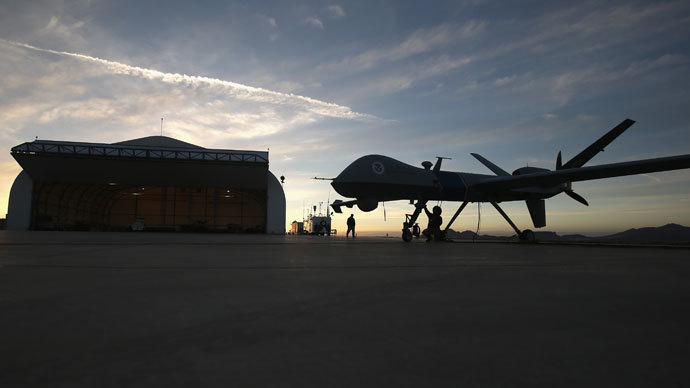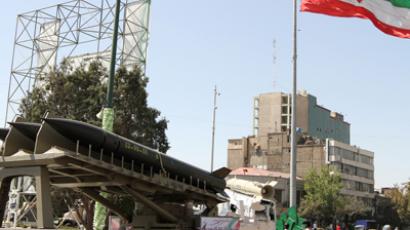Predator drones ‘useless’ in combat scenarios - Air Force general

Drones used by the US to spy on, hunt, and kill terror suspects are “useless” in just about every other combat-related scenario, a top Air Force general said.
The fleet of MQ-1 Predator and MQ-9 Reaper drones are no match
for aircraft that can fly higher and faster, like those employed
by the most basic of air defenses around the world, Gen. Mike
Hostage, chief of the air service's Air Combat Command, said at
an Air Force Association conference.
"Predators and Reapers are useless in a contested
environment," Hostage said, as quoted by Foreign Policy.
"Today...I couldn't put [a Predator or Reaper] into the Strait
of Hormuz without having to put airplanes there to protect
it," he added.
The Air Force revealed this week that an F-22 intercepted an
Iranian F-4 Phantom jet fleet closing in on a US Predator over
the strait earlier this year. In late 2012, Iranian jets fired on and missed a Predator drone in
the strait.
The Pentagon had previously ordered MQ-1s and MQ-9s to fly up to
65 four-drone Combat Air Patrols (CAPs) around the world by 2013,
but the Air Force was skeptical of the need for the
low-capability aircraft.
"We're trying to convince [the Office of the Secretary of
Defense] that the 65 challenge - while [it] made sense to the
people who gave it to us when it was given, and we dutifully went
after it - is not the force structure the nation needs or can
afford” in situations where opposing aircraft have advanced
operations to counter US aircraft, said Hostage.
Hostage admitted the drones will be used to monitor targets in
the future, but that US military planners "want it in a
contested environment and we can't do it currently."
Another Air Force official echoed Hostage, saying that once the
US is out of Afghanistan - where drones can easily roam in
US-controlled skies - he’d like the Air Force to replace the
Predators and Reapers with more stealth.
"My argument would be we can't afford to keep all of this
capability so we're going to have to bring some of it down,"
said Air Force intelligence chief Lt. Gen. Bob Otto. He wants to
use the freed funds to invest in drones with more and better
capabilities against well-defended targets.
Hostage also said the Air Force needs new reconnaissance planes
by the early 2020s in order to stay ahead of rivals like China
and Russia who are creating - and likely exporting - advanced
stealth aircraft.














